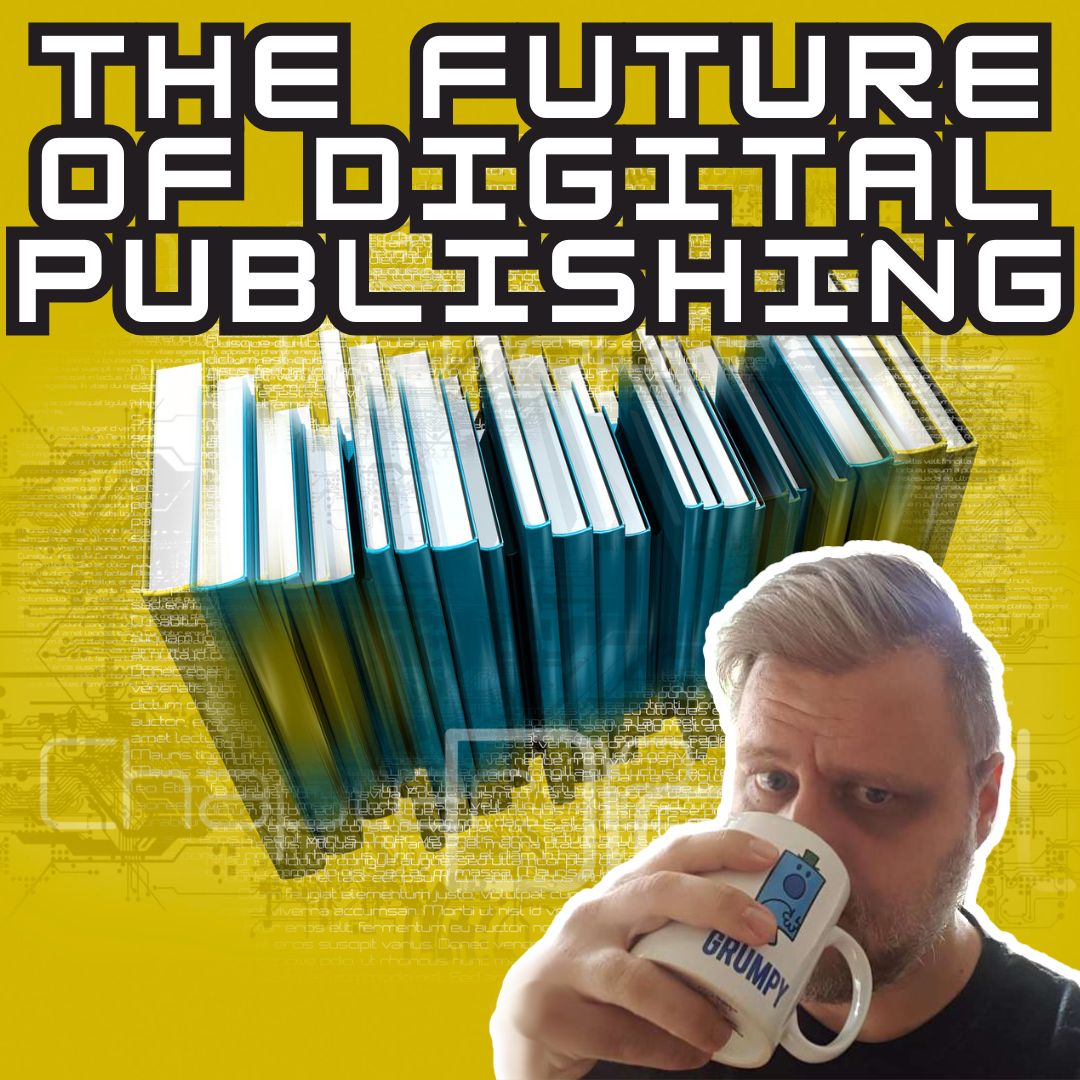The digital frontier offers limitless opportunities and challenges. Over the last decade or so, we have witnessed a monumental shift in how content is created, distributed, and consumed. It is crucial for industry stakeholders—from authors to publishers, and readers—to stay ahead of the curve.
The Rise of Self-Publishing
The digital age has democratized publishing, breaking down the gates that once stood guard around the world of published authors. Historically, aspiring writers faced steep barriers, but today’s technology platforms allow anyone with a story to share it widely.
Platforms like Amazon Kindle Direct Publishing have empowered thousands of writers, giving them the tools to publish, market, and sell their books directly to readers around the globe without the need for traditional publishing intermediaries.
Technological Innovations Driving Change
Digital publishing is not just about converting traditional books into e-books. It’s about redefining the very essence of reading and writing through advanced technologies.
E-readers and tablets continue to evolve, offering more immersive reading experiences with features like adjustable lighting and text size. Meanwhile, artificial intelligence (AI) is playing a pivotal role, not only in personalizing reading experiences based on user preferences but also in assisting authors with language processing tools that enhance writing quality.
Don’t use AI to write for you, use it to help you write more betterer!
Additionally, blockchain technology promises to revolutionize rights management and royalty distribution, ensuring creators are fairly compensated.
The Shift Toward Audio and Visual Content
As consumer preferences shift, so too does the format of digital content. Audiobooks have surged in popularity, offering convenience and accessibility for readers on-the-go. Podcasts too have found their niche in publishing, providing a platform for serial storytelling.
Furthermore, enhanced e-books that incorporate video elements are beginning to make headway, offering interactive experiences that were previously unthinkable. Virtual and augmented reality are poised to take this a step further by creating fully immersive environments for readers.
New Business Models in Digital Publishing
The digital realm has introduced a range of innovative business models that challenge the traditional buy-and-sell approach. Subscription models, akin to those of Netflix and Spotify, are gaining traction in the publishing world, providing readers with unlimited access to a plethora of books for a monthly fee.
Direct fan contributions through platforms like Patreon allow readers to financially support their favorite authors directly, fostering a closer connection between creator and consumer. Moreover, ad-supported models are increasingly prevalent, though they require a delicate balance to maintain reader engagement without intrusion.
Challenges and Opportunities
Despite its many benefits, digital publishing is not without its challenges. Digital piracy remains a significant issue, with unauthorized sharing and downloading of copyrighted material prevalent worldwide.
On the other hand, the digital divide remains a stark reality, with significant portions of the global population lacking the basic digital literacy to benefit from these advancements. However, these challenges also present opportunities: for educational initiatives, for policy to catch up with technology, and for publishers to explore niche markets and cater to specialized interests.
Predictions for the Next Decade
As we look to the future, industry experts predict continued growth in AI’s role in publishing, both in content creation and consumer interaction. There’s also a strong expectation that immersive reading experiences through VR and AR will become more mainstream.
We might see a greater emphasis on sustainability, with digital publishing reducing the environmental footprint associated with traditional print publishing.
The digital publishing landscape remains rich with potential, continually propelled by innovation and a desire to connect with readers in new and meaningful ways.
As the boundaries of what can be achieved expand, so too does the promise of what the future holds. Publishers, authors, and readers alike are encouraged to embrace these changes, which will no doubt shape the next chapter of the publishing story.
